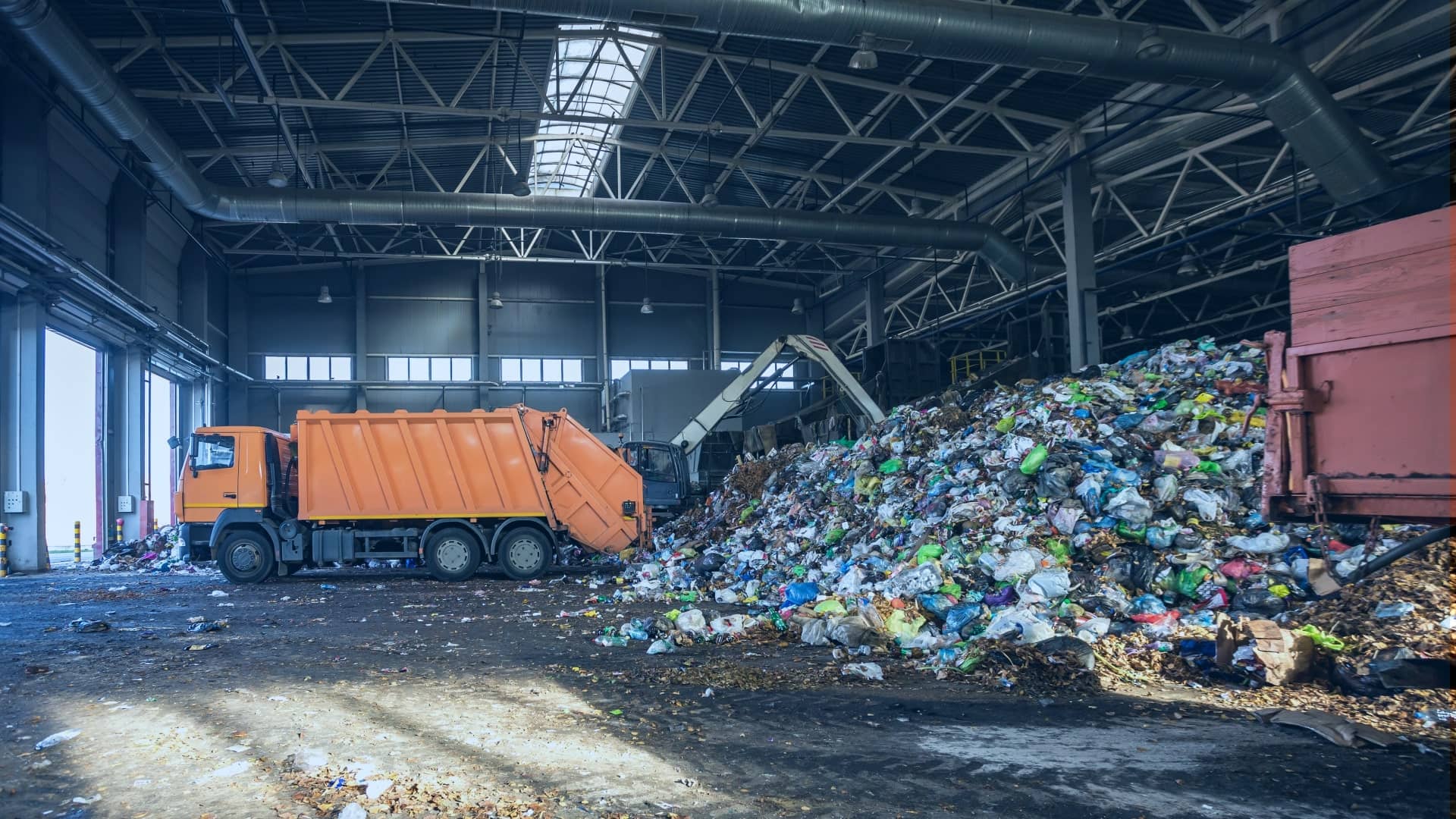The 7-Minute Rule for Reclaim Waste
The 7-Minute Rule for Reclaim Waste
Blog Article
Rumored Buzz on Reclaim Waste
Table of ContentsNot known Factual Statements About Reclaim Waste The Best Strategy To Use For Reclaim WasteExcitement About Reclaim WasteThe Buzz on Reclaim WasteExamine This Report on Reclaim Waste
Residential sewer waste refers to the waste and products from a residential septic storage tank. The appropriate management and disposal of residential sewage waste require fluid waste to be transferred to a sewer therapy plant where the appropriate methods and tools are applied to detoxify and dispose of waste.
Commercial waste often consists of potential risks, such as combustible products or a mixture of liquid and solid waste items, and calls for a much more advanced and in-depth disposal procedure. The disposal of commercial waste usually involves the filtration of waste before transportation to make certain safe and appropriate disposal. Industrial waste is produced from byproducts and runoff of commercial processes and production.
This type of waste can not utilize the same sewage administration transportation or processes as septic or business liquids. The hazardous waste administration process calls for the assessment and screening of fluid waste before it goes through the disposal process (liquid waste removal). Drainage waste is the liquid waste that originates from runoff and excess stormwater in highly booming areas or cities
Runoff waste can trigger contamination and flooding if not dealt with appropriately. Making certain appropriate waste management can protect against catastrophes and lower ecological damage.
The smart Trick of Reclaim Waste That Nobody is Talking About
Get in touch with PROS Solutions today to find out about our waste administration and disposal services and the proper means to look after the fluid waste you produce.
(https://www.tumblr.com/reclaimwaste1/766851148823068673/at-reclaim-waste-were-a-national-solutions?source=share)This supposed 'wastewater' is not only an important source but, after treatment, will be released to our land, waterways or the ocean. Made use of water from bathrooms, showers, bathrooms, kitchen area sinks, washings and commercial procedures is known as wastewater.

water used to cool down machinery or clean plant and tools). Stormwater, a type of wastewater, is overflow that streams from agricultural and city areas such as roofs, parks, yards, roads, courses and rain gutters into stormwater drains pipes, after rainfall. Stormwater streams untreated directly to regional creeks or rivers, eventually getting to the ocean.
Reclaim Waste Fundamentals Explained
In Queensland, many wastewater is treated at sewage treatment plants. Wastewater is transferred from residential or commercial websites with a system of sewers and pump stations, understood as sewerage reticulation, to a sewage treatment plant.
The Department of Natural Resources recommends regional federal governments regarding managing, operating and maintaining sewerage systems and therapy plants. In unsewered locations, city governments may require homeowners to set up private or family sewage treatment systems to treat residential wastewater from bathrooms, kitchens, restrooms and laundries. The Division of Natural Resources authorizes the usage of family systems when they are shown to be efficient.
In some brand-new class, treatment of some stormwater to remove clutter, sand and gravel has actually begun using gross toxin catches. Wastewater therapy occurs in four stages: Eliminates solid matter.
Uses small living microorganisms understands as micro-organisms to Continued damage down and eliminate continuing to be dissolved wastes and fine fragments. Micro-organisms and wastes are incorporated in the sludge.
See This Report about Reclaim Waste
Nutrient removal is not readily available at all sewage treatment plants due to the fact that it needs pricey specialized equipment. It is becoming much more common in Queensland. Clear fluid effluent created after therapy might still contain disease-causing micro-organisms. If this effluent is released into waterways such as rivers or the sea, the micro-organisms will eventually die out.

Most wastewater moves into the sewage system. Under the Act, local governments carry out authorizations and licences for environmentally relevant activities (Ages) entailing wastewater launches that might have a neighborhood effect.
The 30-Second Trick For Reclaim Waste
Surveillance provides factual details concerning water top quality and can confirm that licence conditions are being met. The details gotten through surveillance offers the basis for making water top quality decisions.
Report this page